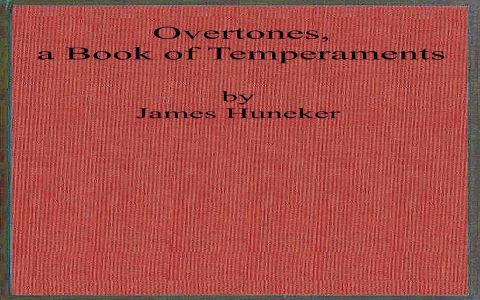This document outlines fundamental code snippets essential for grasping basic programming logic. These examples are designed to be straightforward and serve as building blocks for more complex software development. Python is used for its readability, but the concepts are widely applicable across many programming languages.
Understanding Basic Variables and Output
Variables are used to store information that can be referenced and manipulated in a program. Output mechanisms allow the program to display data or messages to the user.
- Assigning a string value:
message = "Hello, developers!" - Assigning an integer value:
item_count = 5 - Assigning a boolean value:
is_active = True - Printing variable content:
print(message) - Printing formatted output (f-string in Python):
print(f"Current item count: {item_count}")
Implementing Control Flow
Control flow statements direct the order in which individual statements, instructions, or function calls are executed or evaluated. This includes making decisions and repeating actions.

- Conditional Execution (if-elif-else): This structure allows the program to execute different blocks of code based on specified conditions.
score = 85
if score >= 90:
grade = "A"
elif score >= 80:
grade = "B"
else:
grade = "C"
print(f"The grade is: {grade}") - Looping (for loop): Used for iterating over a sequence (like a list, tuple, dictionary, set, or string) or other iterable objects.
for i in range(3): # Loop will run 3 times, i will be 0, 1, 2
print(f"Iteration {i + 1}")
- Looping (while loop): Repeats a block of code as long as a given condition is true.
countdown = 3
while countdown > 0:
print(countdown)
countdown -= 1
print("Blast off!")
Working with Simple Data Structures: Lists
Data structures are used to store and organize data. Lists (or arrays in other languages) are ordered collections of items, which can be of mixed types.
- Creating a list:
colors = ["red", "green", "blue"] - Accessing an element by index (0-based):
first_color = colors[0] # Accesses "red" - Modifying an element:
colors[1] = "yellow" # Changes "green" to "yellow" - Adding an element to the end:
*("purple") - Getting the length of a list:
num_colors = len(colors)
Defining and Calling Functions
Functions are blocks of reusable code that perform a specific task. They help in organizing code, making it more modular and easier to maintain.
- Defining a simple function: This function takes a name as input and returns a greeting.
def greet(name):
return f"Hello, {name}!" - Calling the function and using its result:
user_name = "Alex"
greeting_message = greet(user_name)
print(greeting_message) # Output: Hello, Alex! - Function with multiple parameters and a calculation:
def calculate_area(length, width):
return length widtharea = calculate_area(10, 5)
print(f"The area is: {area}") # Output: The area is: 50
Mastering these fundamental code segments is crucial for any aspiring developer. They form the basis upon which more intricate and powerful programs are constructed.


















